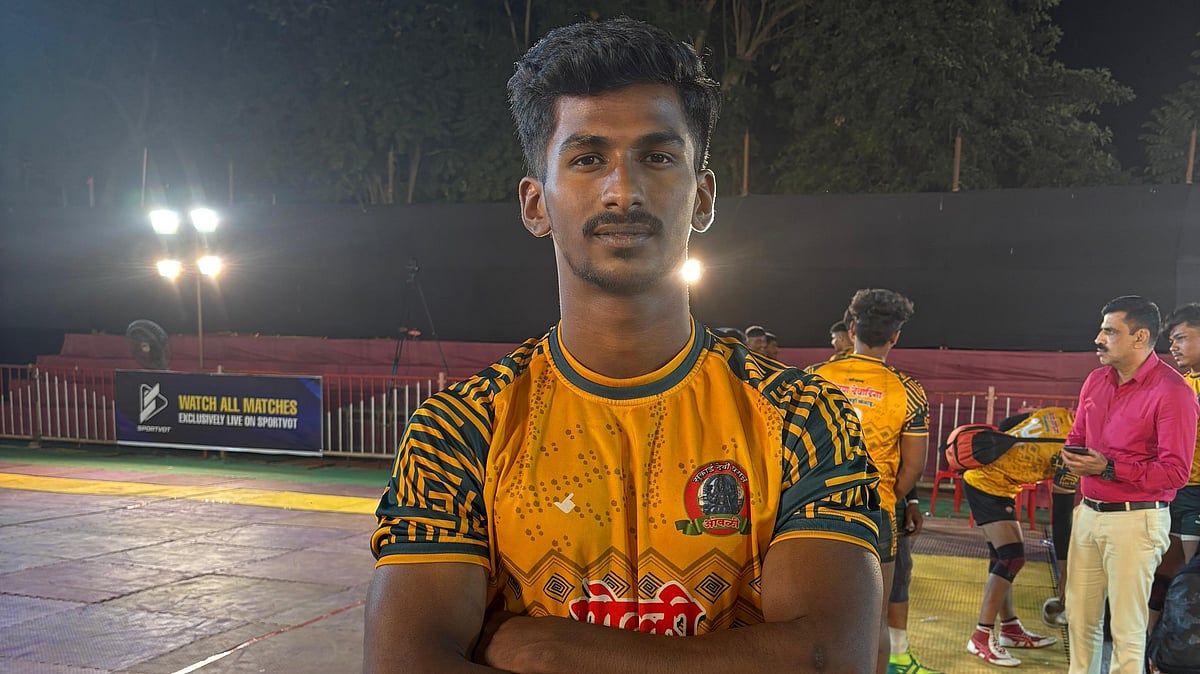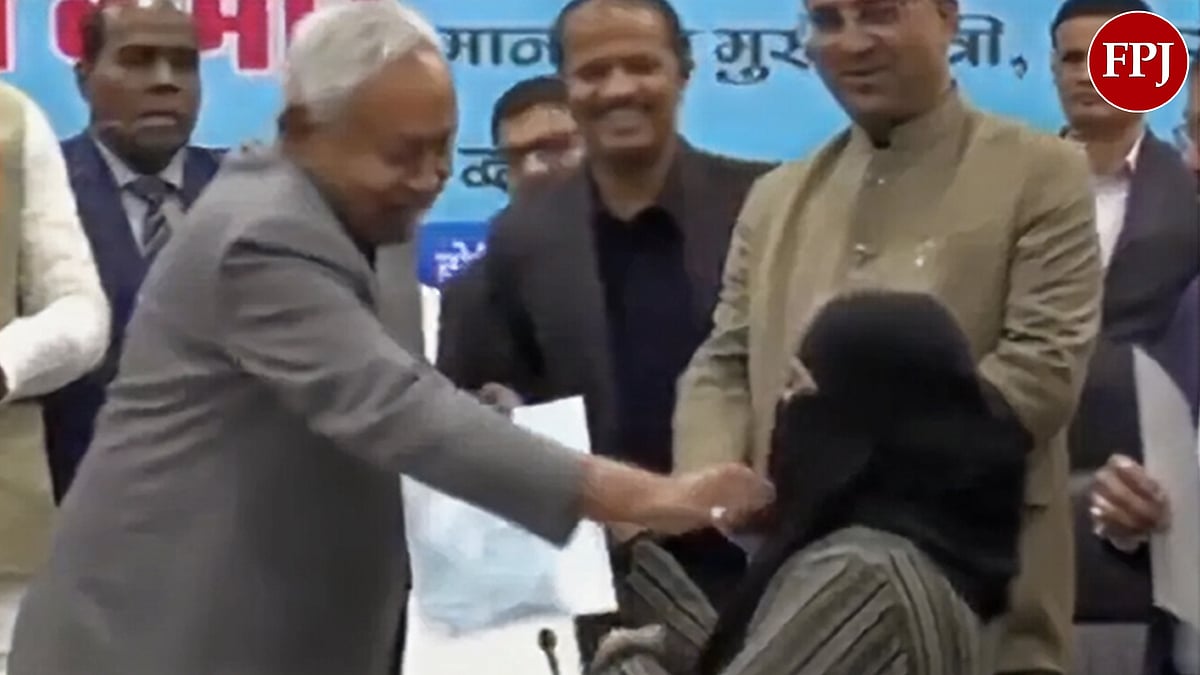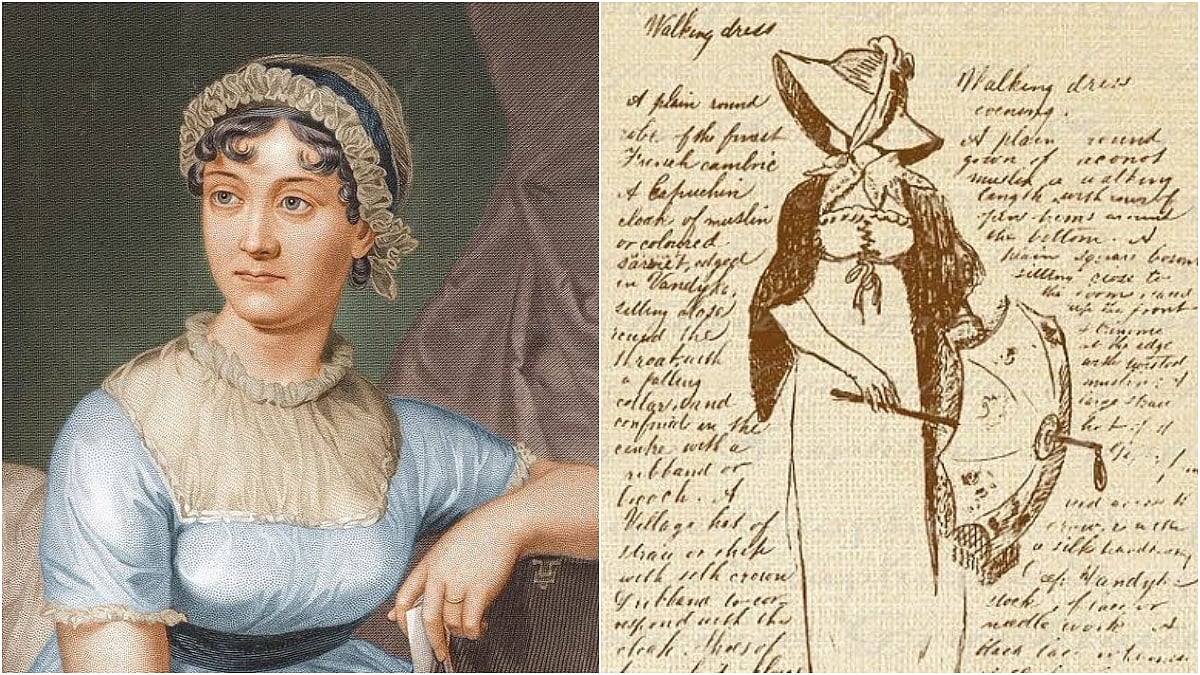The Shaheen Bagh protest is not just a social or a political movement but more of a Women’s Movement. For more than two and a half months, women have been sitting in chilling cold of the Capital with or without their children. The group has no particular face or leadership or identity to project. It is just a group of women with indefinite and shifting membership bearing the brunt of weather, character assassination and proxy presence blames. With all these hardships, the protest would not have sustained had these protestors been just planted by their male counterparts, as is being propagated by the politicians. A conscious thought process and conviction about the resistance are ingrained in this collective solidarity.
Even if the protest is associated with a particular community, which is untrue, the question that arises is why women who have been gifted with the unimaginable freedom from Triple Talaq been instigated to oppose the Citizen Amendment Act, which overtly promises hope and shelter for other minorities elsewhere. The answer lies in the occasional protests and the very courageous jubilation of these women in the Triple Talaq episode. The home and the nation are the two strongest bases of shelter, security and identity for a human being. It is natural for women to feel that like Triple Talaq robbed a woman of her home, so would CAA rob them of their nation. Why do these similar vibes emerge in these two dissimilar provisions? It is because despite gaining a huge favour, this section of society still has the lowest ties with the social order. The feeling of exclusion persists as a community since there has been an underlying discontent and insecurity over a long period of time. The intermittently occasional episodes which have no common source of origin, linkage or action, such as the Babri Masjid event, curricula restructuring, perceived cow lynching, coerced Vande Mataram slogans, negating established leaders, establishing the unsung personalities, National Anthem in cinema hall, questioning inter-provincial infiltration of Indian citizens also besides the age-old problem of international infiltration, Assam NRC, radical Constitutional Amendments, Triple Talaq, Article 370 etc. are the predisposing factors which have sequentially and consistently triggered revolutionary changes. The absolute majority generated projection of Customised Patriotism deemed several sections of the society alienated and the Constitution no longer seems to form a dependable guide. The stroke of CAA acted as a precipitating factor which transformed this feeling of rootless isolation into a collective action. Unfortunately what started as an environment in which the inherent Nationalism had to be proved reached to the point where the ingrained Nationality has to be proved.
There have been several times in history when women have come together in large numbers to protest against an injustice or support a cause. Women were mobilised for freedom struggle in the Satyagraha and Swadeshi movements but they have always been labelled as helpers in the process. The Dandi March gave them an identity as a gender in mass participation. The liberal egalitarian ideology under the British Raj created conditions for a social awakening among Indian women. Several women’s associations came into existence both at regional and national levels between 1904 and 1927. The patriarchal society had made women fight hard for some of their basic rights. In the post independence period, however, the reforming of social practices like sati, dowry, child marriage, purdah system, polygamy and enabling female education, widow remarriage, etc. are attributed majorly to the interventions of male social reformers. From their militant role in tribal movements and active role in peasant movements, Munnar Plantation strike, role in trade unions of industrial workers or struggle for economic equality, be it for equal pay or conditions of work to the recent Anti Corruption Movement of Anna Hazare, women have always played a role in impacting staggering changes. Their constructive roles in Chipko Movement, Save Silent Valley Movement, Jangal Bachao Andolan, Narmada Bachao Andolan have underlined their environmental concerns.
Besides being lost in these movements as part of larger groups, women spearheaded mass movements which focused more on bringing positive change in women’s lives and giving space for women’s voices to be heard. Movements like I will go out, No Conditions apply, Gulabi Gang, Anti Liquor Movement, Stop Acid Sale, Lahu ka Lagaan, Pink Chaddi Movement, Nirbhaya Movement, Pinjda Tod, Bus Teri Meri Chal Saheli, Me Too, Happy to Bleed or Ready to Wait may be discarded as corporate feminism or liberal feminism, but these movements have addressed the issues that were considered insignificant by the opposite gender and were courageously put forth by women, intending to create a society where everyone can exercise their rights, live with dignity and without fear. The trigger incidents behind most of these movements were localised but they gained support nationally or even internationally only because there was a shared dissatisfaction. Like education, industrialisation, urbanisation, and democratisation lead to realisations of structural strains and facilitate collective challenges, so do technological advancements. Today the advent of social media has eased out speedy mass mobilisation for a riot but also for a positive gathering. The human chains, candle marches, rallies, celebration over encounter of rapists, student agitations against moral policing or police atrocities - females are now overtly visible in all forms of challenge expressions.
Story of Amul, success of women Self Help Groups and organisations like SEWA show that women work best in groups. Their long term exclusion gives them patience, peaceful perseverance and power of sustained struggle through lean periods of inaction and waiting. Therefore their collectives escape repression, selling off of their leaders, temptations to go mainstream because of their special informal solidarity arising out of deprivation. Shaheen Bagh protest triggered nation-wide protests and it is unique in the sense that leaving the secured comforts of home, if the women have been putting even the lives of their kids at stake without any charismatic leadership, organised progressive cycle of the movement or a single interaction with the government officials, then the underlying feeling of alienation must be very intense.
Even if it is a perceived disadvantage or a deprivation that they are suffering from, the growth trajectory of thought process is notable, as earlier, women who had always driven movements against being treated as secondary citizens in the economic, social or political space of the nation, have now united on the agenda of Citizenship. This in itself proves the deep sense of belonging and a celebrated feeling of nationalism among the fifty per cent of human resources of the nation. Whatever may be the destiny of this protest, it would not be fair to discard their resistance as a mere proxy protest of males. The women definitely deserve a place in history as participants of a vanguard or a forerunner group for a broader cause.
The writer is a Professor of Economics in Govt. Girls PG College, Ujjain.









